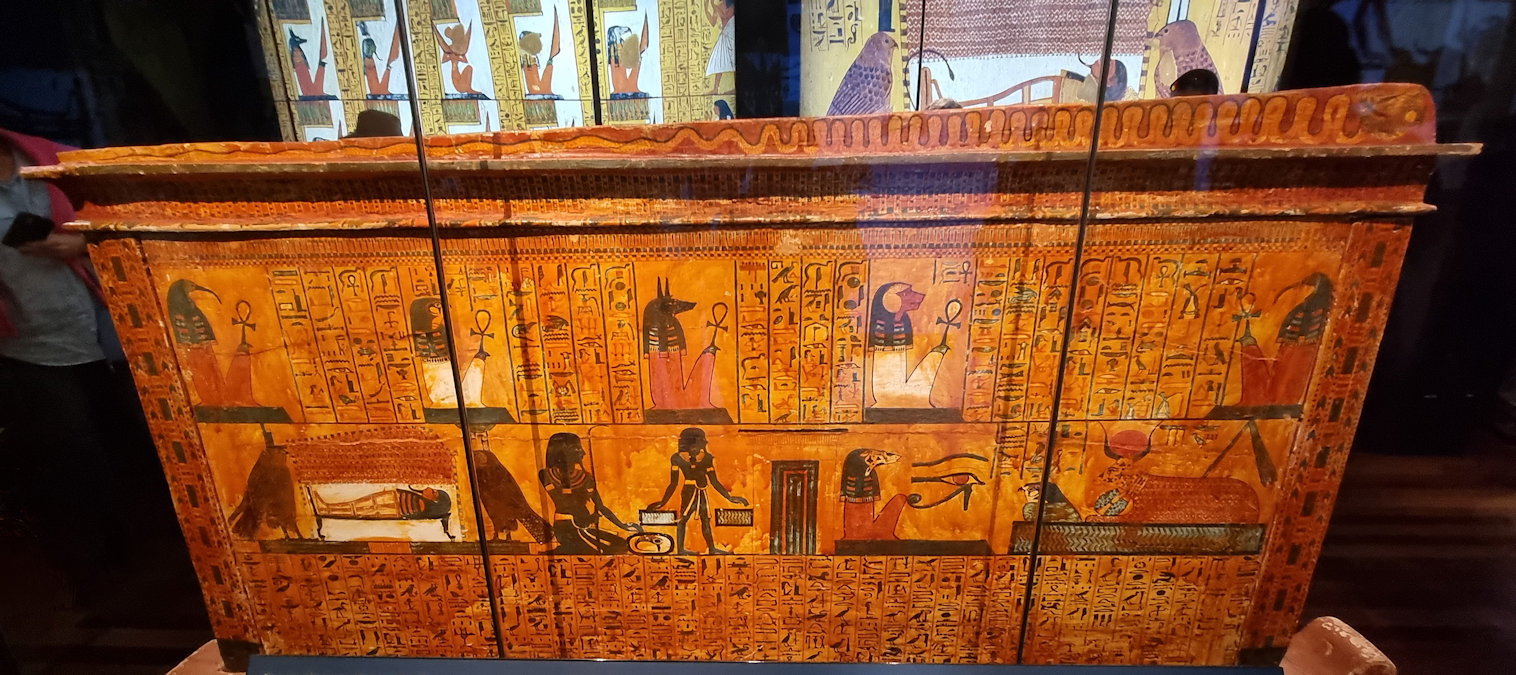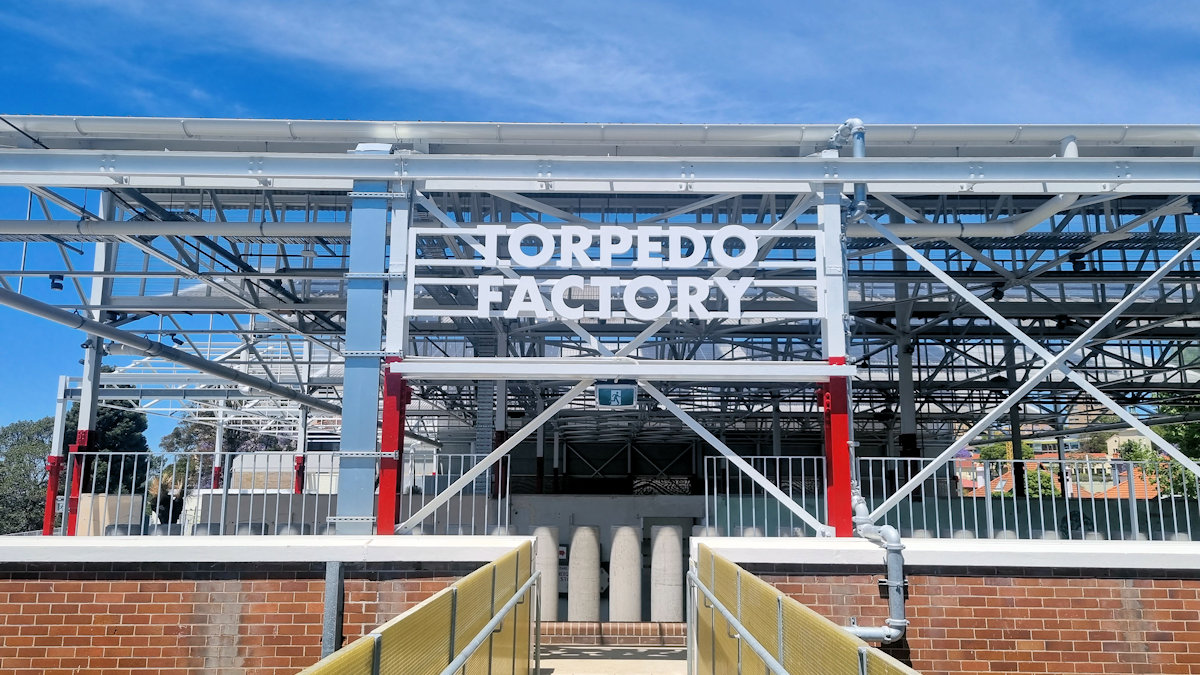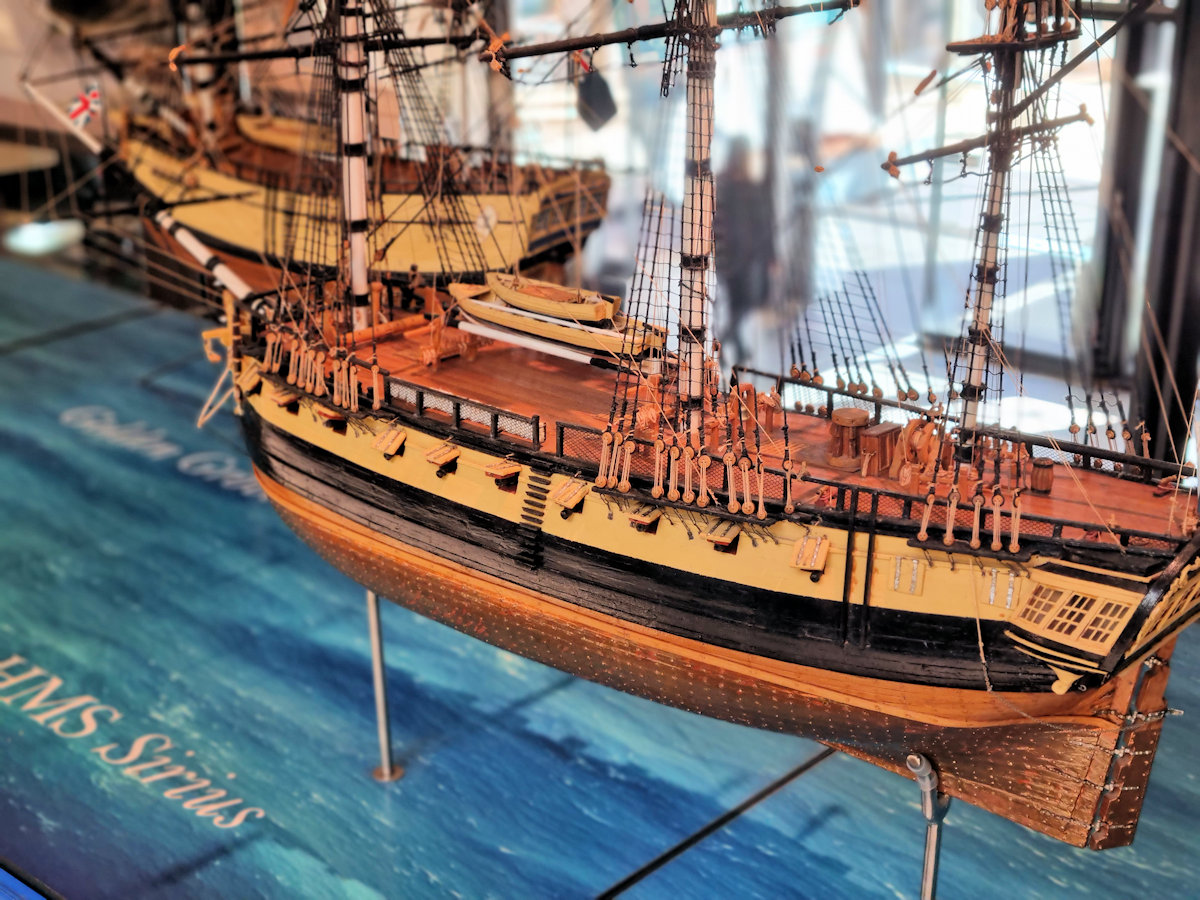Category: Museum
-
Ramses the Great at the Australian Museum

Ramses the Great at the Australian Museum Running until May 19, 2024, The Australian Museum is currently hosting an exhibition centred on the Egyptian Pharoah Ramses II. This was a great opportunity to see some of the most important artifacts from ancient Egypt, without having to leave Australia. Featuring over 180 artifacts, this is a large… Read more
-
Sub Base Platypus Torpedo Factory

Sub Base Platypus Torpedo Factory Opened in September 2023, the Torpedo Factory at Sub Base Platypus is an excellent addition to this heritage site. Managed by the Harbour Trust, the old factory was partially demolished and revitalised as an open public space. Getting There We used public transport, getting the train to Milsons Point Station… Read more
-
Museum of Sydney

Museum of Sydney Located on Bridge St, not far from Circular Quay, the Museum of Sydney focuses on the history of the city with an emphasis on the impact white settlement had and still has on Aboriginal People. Getting There As with many attractions in Sydney, public transport is the easiest and cheapest way to… Read more